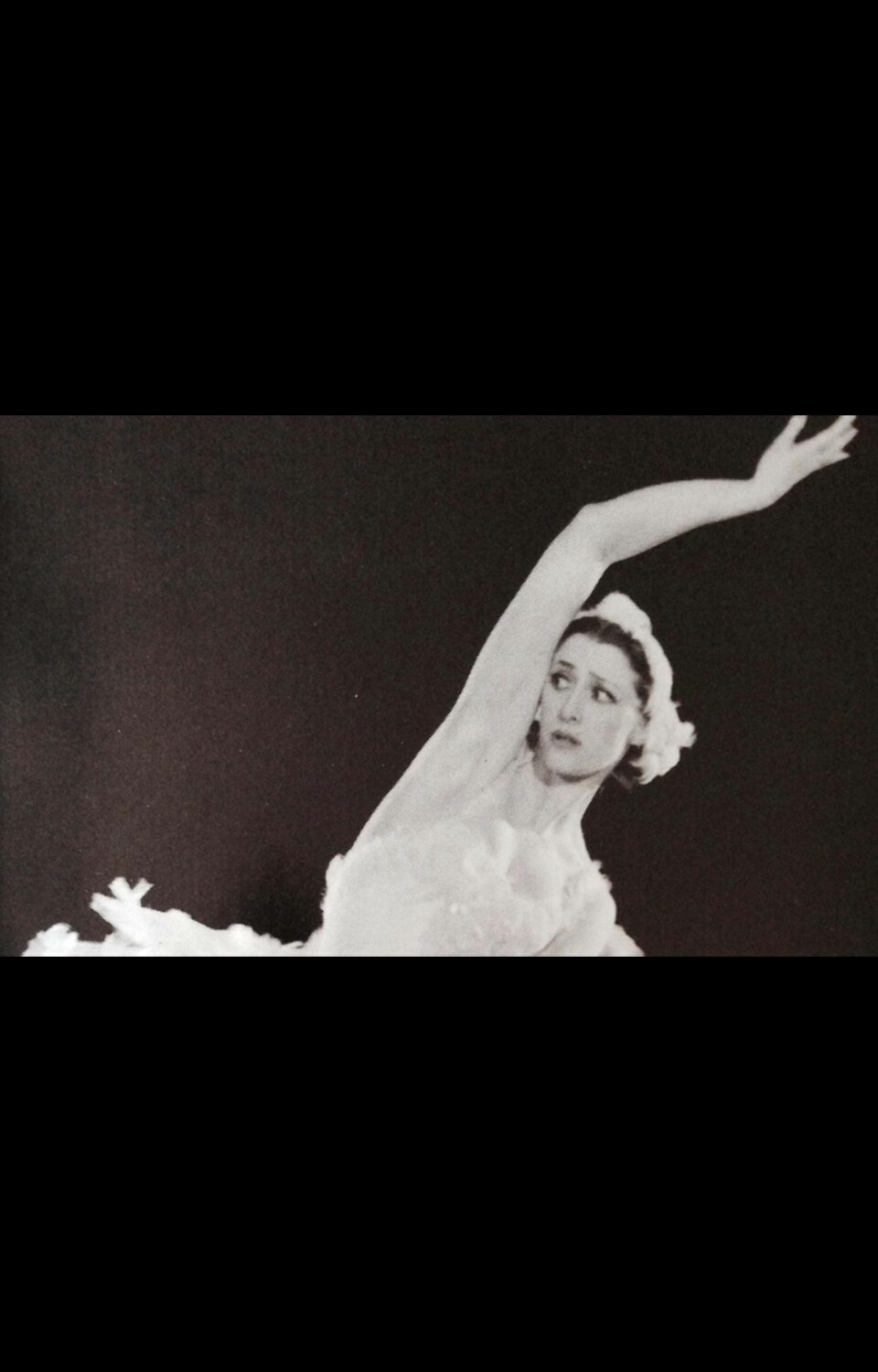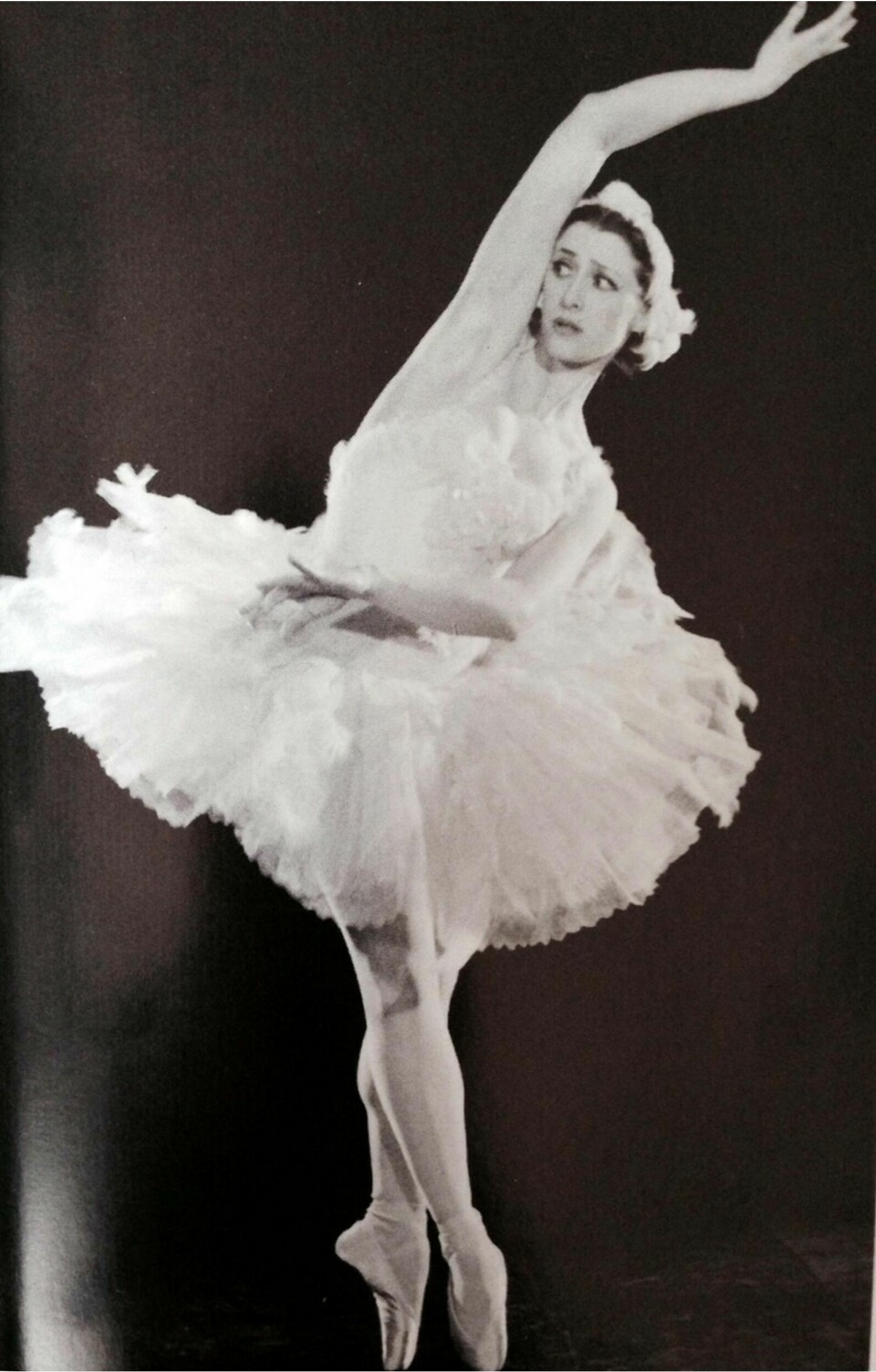A swan's death
Maja Plisetskaja, a world-famous Russian ballerina, died on May 2 in Munich at the age of almost 90 years old.

Denne artikkelen er mer enn 10 år gammel.

Why is it natural to discuss her and her dramatic life in a newspaper like Svalbardposten? Because Maja Plisetskaja spent her childhood in Svalbard. Her father, Mikhail Plisetskij, was the Russian consul and Trust Artikugol's first director of the Russian mines in Svalbard. The Plisetskij family arrived for the first time in Barentsburg in the summer 1932 aboard the Krasin icebreaker. Here the seven-year-old Maja was taught to ski. After that she never took her skis off, she wrote in her memoirs. One time she even started to ski out to Grumantbyen, a place that she had heard the adults talking about, without fully understanding what she embarked on. She was found by her parents and stopped before she traveled very far.
It was also in Barentsburg that Maja Plisetskaja first danced on stage when she starred as the young water nymph in Dargomyzjskij's opera "Rusalka." The reason it was possible to stage an amateur opera in Barentsburg in the 1930s is a famous writer and theater man, Richard Pickel, lived there and worked as head of the mining company's learning center. It came as a shock to the small mining community when Pickel was arrested in 1935 along with three other "counterrevolutionaries" and sent back to the mainland. Pickel was a good friend of Maja Plisetskaja's father, who also was recalled from Svalbard with his family. Three years later the elder Plisetskij was condemned as "enemy of the people" and shot – on Stalin's orders. His wife was sentenced to eight years in the Gulag. In this way, Maja Plisetskaja had a very difficult start in life.
Her talent as a dancer nevertheless led to her being admitted as a student at the Bolshoi Theater's famous ballet school. Ballet was her consolation in the difficult years after her father's death. Already 18 years old, she became a solo dancer for the Bolshoi Ballet, a position she held for decades until 1990, as well as being as a choreographer during her final years. Maja had a distinguished career as a prima ballerina assoluta at the Bolshoi and became a legend in the Soviet Union at a young age. Her signature role was the swan Odette-Odile in "Swan Lake." And no one could dance Saint-Saëns's "The Dying Swan" with such elegance, strength and empathy as she. Plisetskaja's performances were often linked to major events such as Stalin's 70th birthday in 1949, and when foreign heads of state were visiting. Among others, she danced for Norwegian Prime Minister Einar Gerhardsen during his state visit to Russia in 1955.
As the daughter of an "enemy of the people", Maja was not allowed to tour abroad until 1959, many years after Stalin's death. When she and the ensemble of the Bolshoi took the Metropolitan Opera in New York by storm. Plisetskaja's solo dance resulted in a standing ovation that lasted nearly an hour. The world now lay at her feet and she was a sought-after dancer on international stages. Her leadership role was still in "Swan Lake," but also her roles in "The Dying Swan," "Spartacus," "Carmen" and "Bolero" generated international acclaim.
Plisetskaja had ample opportunity to "jump off" during its many tours abroad, as several of her Russian comrades did, among them Rudolf Nureyev. But she always returned to the Soviet Union. At the same time, she never compromised her conscience and stood courageously against the regime's warnings about what might happen if she was not throughly loyal. Here Maja Plisetskaja moved on a knife's edge, but the regime needed her and she was spared because of that. She was a unique personality. No other ballerinas reached up to her level. She was highly decorated in a number of countries and received the highest awards in the Soviet Union, including the Order of Lenin's three times. She became a Hero of Socialist Work in 1985 and after the disintegration of the Soviet Union she was honored with the award "For Merit to the Fatherland" in all four grades. Above all, it was appreciated that she was so popular among Russians in general. Her symbolic thanks for this was to request that her ashes were to be scattered throughout Russia.
There are many in Russia and around the world who have expressed deep sorrow over Plisetskaja's demise, some sharing the wonderful opinion that by dying countless times on stage in "The Dying Swan" she has become an immortal swan. Today Maja Mikhajlovna Plisetskaja is recognized as one of the leading ballerinas of all time. For us living on Svalbard – or Grumant, as Russians call the archipelago – is extra nice to remember that she as a young girl started her career on a small stage in Barentsburg.
Translated by Mark Sabbatini
